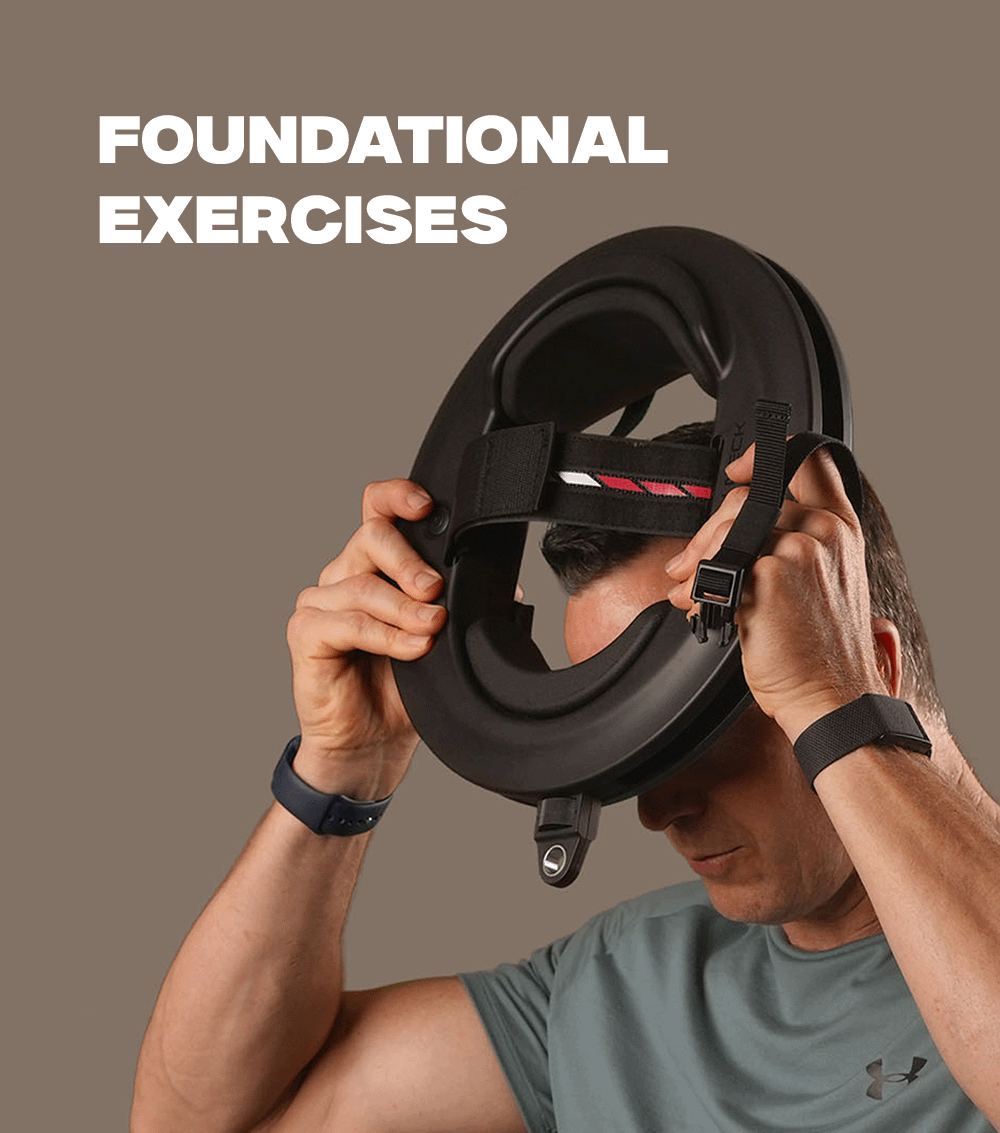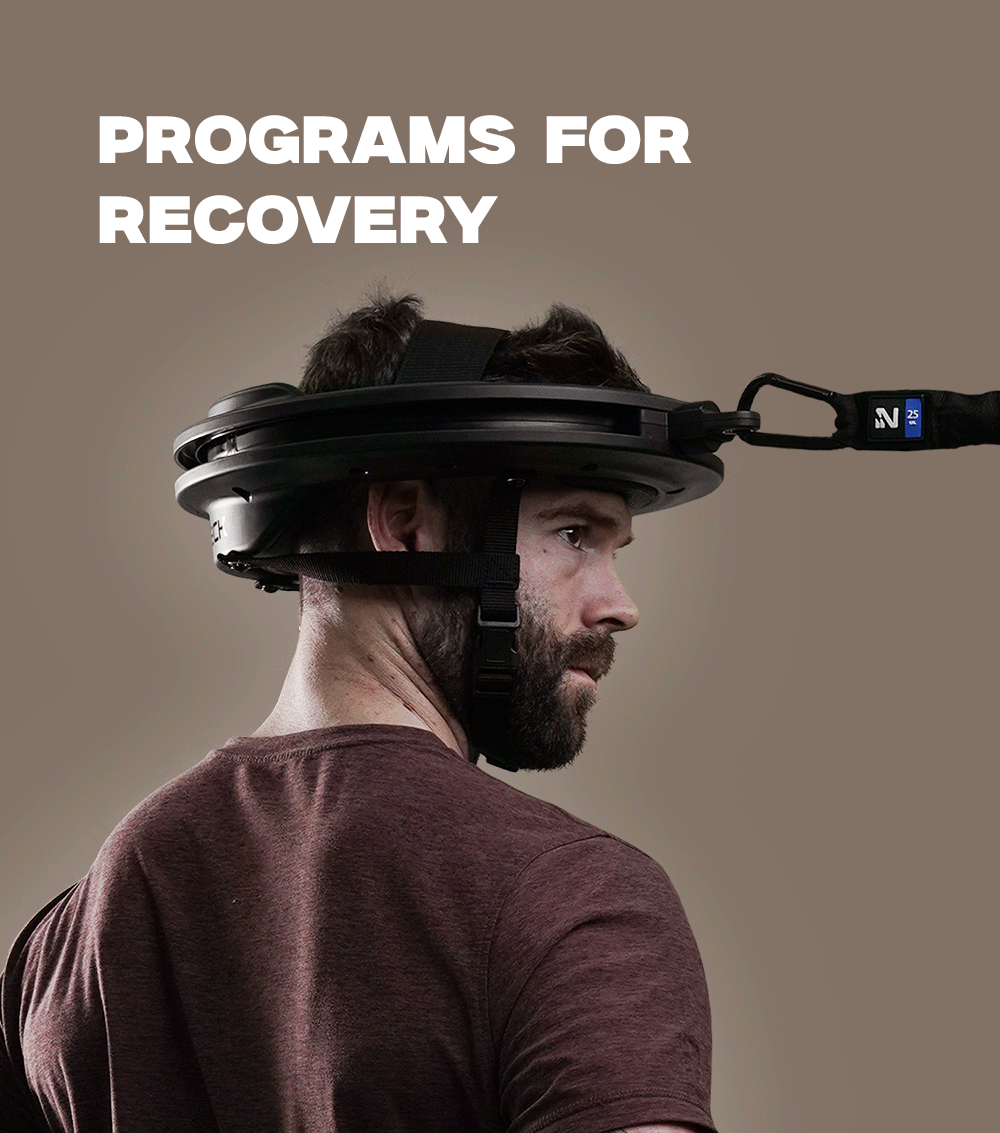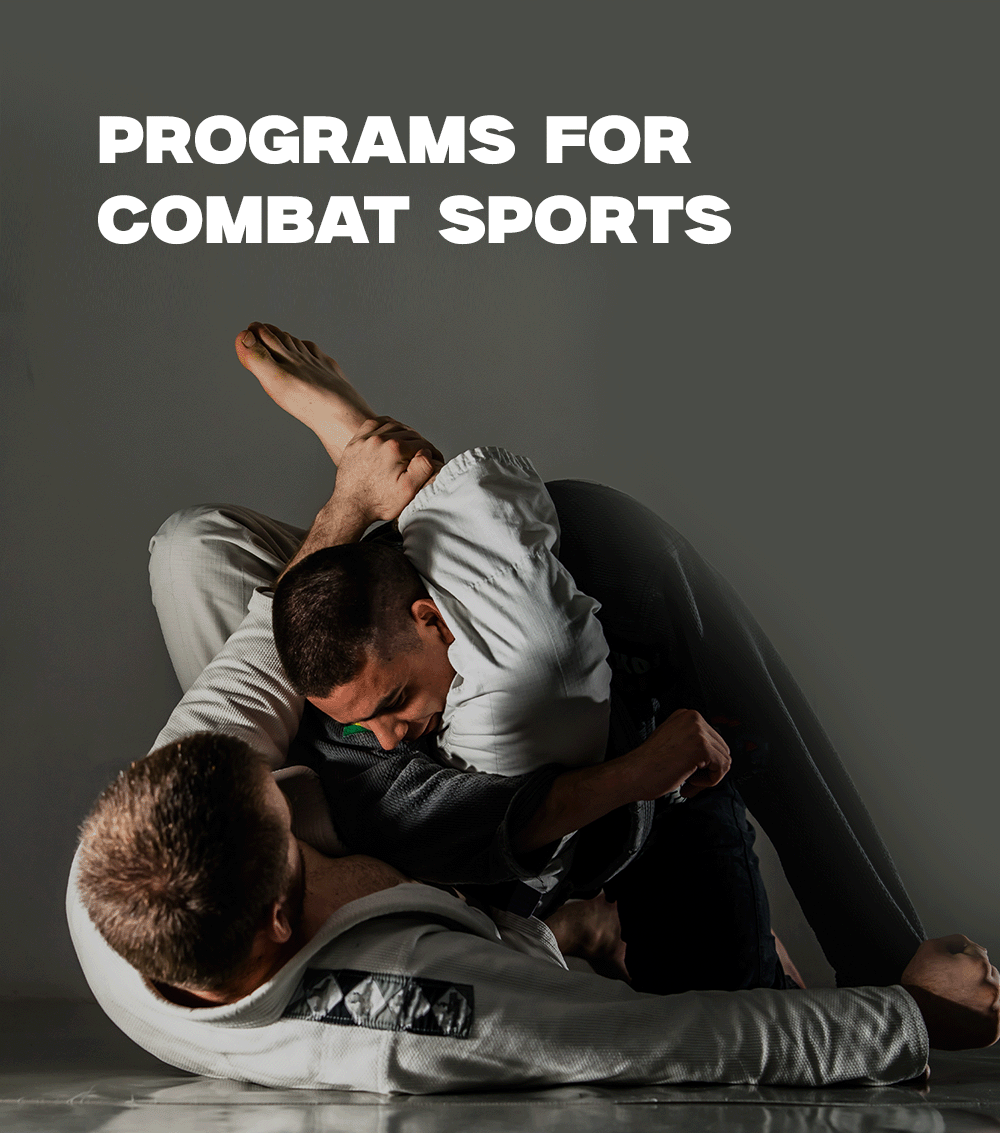Whether you're an experienced grappler or a total newbie, there's no question about it - jiu-jitsu neck pain is more common than we'd like to admit. Is pain and soreness inevitable when taking on this sport? The whole point of Brazilian jiu-jitsu, after all, is to control and submit your opponent. The neck is the main focus in many types of attacks, so it's not surprising that a sore neck or even more serious neck injuries often occur after BJJ training sessions. That's the bad news - the good news is that there are several ways you can address neck pain so that you don't have to give up on your training. Doing specific exercises and addressing areas of weakness with the proper technique and equipment can be life-changing.
Here is what you need to know.
What Typically Causes Neck Pain In Jiu-Jitsu?
Although there are several reasons why your neck might hurt after a jiu-jitsu session, including a strain, muscle tear, or similar kind of neck injury, neck pain is most often caused by a structure in the neck being pushed past its normal range of motion. Your neck muscles, ligaments, and cervical discs work in tandem to stabilize your neck. If these tissues are stretched past their limits, it can lead to pain and sometimes, a more serious neck injury. One common BJJ move, for instance, is the guillotine. This rotates and flexes the neck far past the normal limits of its tissue. Because of this, pain and stiffness, numbness, and a pins-and-needles feeling in the arms can result.
You might also suffer from symptoms such as sharp, radiating pain in areas near the neck (like the shoulders), atrophy, and weakness in the affected areas. If your pain is severe or restricting all possible movement, head to the doctor (in some cases, it may be necessary to visit the emergency room - use your best judgment). Take some time to rest but don't sit around too long - you need to keep moving as movement will aid in your recovery. Maintain movement in the neck to ward off any stiffness. You can also alternate heat and ice and, in severe cases, take ibuprofen to reduce the pain and inflammation.
How Do You Protect Your Neck In BJJ?
There are several tips you can follow to help keep your neck safe while still continuing your BJJ training. For one, always warm up and stretch before a match. Make sure your muscles are primed and ready to go, rather than going into the ring or hitting the mat cold. There are certain BJJ techniques and holds that can make you more likely to suffer a neck or spinal cord injury. Ask your coach about alternatives that might be safer. Of course, it's always a good idea to restrict your BJJ training sessions to those with a skillful and thoughtful training partner.
Choose a partner who will recognize this submission of an opponent, since tapping early is a good way to prevent injuries. Seeing a chiropractor can help fix any issues with alignment and to evaluate any problems with an X-ray. Yoga is another practice that can improve your flexibility and muscle strength. You may also want to consider altering your training when your neck is sore. The best way to protect your neck in BJJ, however, is to work hard throughout the year (not just during training) to mobilize and strengthen it. Taking an active approach to prevention will save you from having to worry about treatment.
Exercises to Prevent & Treat Jiu-Jitsu neck Pain
Passive stretching can help improve your range of motion, but mobility and strengthening exercises are much more effective, especially if you are already injured or dealing with some lingering pain and stiffness. Neck extensions, neck flexions, 360 spin, and Look Left, Look Right are all great exercises to improve mobility in your neck. Once you've developed a solid range of motion, you can move on to the remainder of these exercises, which are meant to strengthen and build muscle.
Neck Extensions
The neck extension is a simple mobility exercise you can do. Just draw your head back and tuck in your chin. Your head should be directly above your shoulders. Then, tilt your head back while looking up at the ceiling. Slowly and gently rotate your head about three to four times, back and forth. These movements should be controlled from start to finish. You can stop when you feel a stretch in the muscles in the front of your neck, then hold for ten seconds and repeat as needed.
Neck Flexion
The neck flexion will also help mobilize the muscles in your neck and get them ready for a strenuous BJJ session. Tuck your chin and gaze down at your toes. Put one hand on the back of your head, gently assisting you as you look down. Pause when you feel the stretch at the back of your neck, hold for ten seconds, then repeat.
360 spin
This move is about as simple as it gets. It does require a bit of equipment, though - we recommend the Iron Neck machine. This device is one of the best tools you can have in your arsenal when it comes to strengthening and stretching your neck. To do this exercise, you'll simply attach your device, add some resistance, and then do a 360-degree spin with your neck held steady. Go slowly so you don't torque your neck - take up to 15 seconds to complete each rotation.
look left, look right
You'll use the Iron Neck machine for this workout, too, but you can also use a neck harness coupled with resistance bands if you'd prefer. In the Look Left, Look Right move, you'll start by attaching your Iron Neck and facing your anchor point. Step backward until you have tension. Bring your head back into alignment and tuck your chin (this is a movement known as "protraction"). Then, turn and face the other direction. You'll be repeating the same movement but the resistance will increase as you push your head forward.
diagonals
Diagonals are more advanced exercises you can do to strengthen your neck once you've mastered the mobility issue. To do this exercise, you'll face away from the anchor point on your Iron Neck. Tilt your right ear toward your right shoulder, making a 45-degree angle with the ring. Draw an imaginary line in the air, bringing your nose to your right shoulder, then across the midline. Do this for both directions, then turn around and repeat while facing the anchor point.
figure eights
The Figure Eight is a more advanced neck strengthening exercise that also works well with the Iron Neck machine, or with resistance bands and neck harnesses if you’re on a budget. The premise of the move is simple. You'll begin by looking down at your shoulder with the Iron Neck attached. Then, you'll connect your diagonals and trace a figure-eight shape with your head and neck. It will not only build strength but can also improve your mobility.
Equipment Needed To Train The Neck For Jiu-Jitsu
As we mentioned earlier, you don't necessarily need equipment to train your neck for jiu-jitsu - in fact, it's a good idea to try the neck exercises above without any kind of gear at all when you're first getting started. That way, you can make sure you are performing the moves correctly. But at a certain point, you’ll have mastered the form and you’ll hit a wall in your training. You can only add so many reps to your exercises - at a certain point, you need to load them with some resistance. This is where the actual strength is built, which again, prevents injury. If you really care about your neck health and want to become better at jiu-jitsu, invest in some quality neck training gear.
The Iron Neck machine is the best piece of training equipment for serious fighters - but if you're on a budget, the Iron Neck resistance bands and neck harnesses will get the job done, too. There are all kinds of information (including helpful video tutorials) on the Iron Neck website to show you how to do all of these exercises in picture-perfect form. Now that you know the importance of neck strengthening and mobility exercises for jiu-jitsu, there's no need to keep living in pain and dreading your next training session. Invest in your body and start feeling better today!






